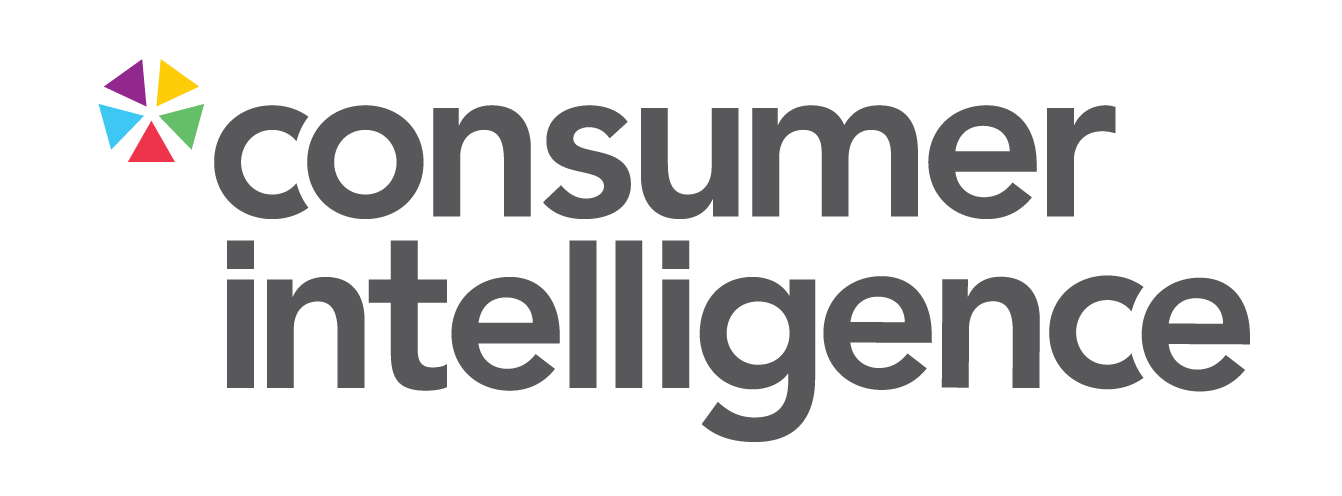Machine learning has transformed insurance pricing. Models can now capture complex interactions and subtle signals that traditional techniques miss. But the real opportunity doesn’t lie in model performance alone. It lies in what the model can reveal—about your market, your strategy, and your competitive position.
Accuracy might win in validation. But insight wins in the boardroom
In this second post of our series on explainable AI in insurance, we explore how to move beyond predictive power and start using models as a strategic lens: one that helps you spot inefficiencies, uncover missed segments, and sharpen your pricing strategy.
Other reasons for switching included cashback incentives and recommendations from peers.
Seeing What the Model Sees
Too often, model outputs are treated as the end product. A rating change is applied, a conversion curve moves, and we declare success. But what’s missing is the story: why did the model change direction? What shifted in the market? Who was impacted?
Explainability tools like SHAP, HSTATS, and partial dependence plots let you open up the model and explore the forces shaping its behaviour. They help you understand not just what’s happening, but where to focus.
For example, analysing outputs from Apollo (our proprietary pricing model) revealed that a leading competitive brand was applying targeted discounts in areas where multiple signals aligned to reduce perceived risk. In segments where policyholders had held licences for over 8 years, further price reductions were applied when the postcode also showed low long-term unemployment and sufficiently high personal car commuting rates. The result? A sharp, locally calibrated pricing advantage.
This kind of insight shows how insurers can avoid broad-brush rate reductions and instead focus on high-potential segments where personal and environmental factors jointly de-risk the customer. Apollo enables insurers to safely test similar mechanisms, exploring how their pricing logic compares to others in the market and fine-tuning their strategy in a controlled environment.
Pricing Inefficiencies You Can Actually Fix
Explainability doesn’t just surface opportunities, it also flags inefficiencies.
In one case, Apollo surfaced under-pricing in a cluster of postcodes with unusually high ratios of provisional to full licence holders. While the base rating curve for a competitive brand did introduce a step-change, it came too late, leaving them overexposed in areas the broader market had already adjusted for. With Apollo’s conversion and price response diagnostics, the brand could simulate an earlier intervention point allowing for better alignment to true risk without losing volume.
In another example, our analysis of the “Years Since Vehicle Purchase” feature uncovered a curve calibration issue. For a competitive brand, pricing remained flat and non-competitive after year 7, despite market leaders offering sustained discounts deep into the ownership timeline. Apollo's PDP diagnostics confirmed the missed opportunity: the model wasn’t attributing lower premiums to the same degree as most other competitive providers due to the lower volatility and claim frequency often associated with long-term vehicle ownership.
In both cases, these aren’t just academic curve tweaks. They’re actionable, testable, and commercially relevant adjustments that help pricing teams sharpen their position; Whether they’re trying to protect margin, gain share, or de-risk exposure.
The Role of the Human Lens
All of this depends on pairing powerful tools with human judgement and market context.
Without subject matter expertise, a SHAP plot is just a list of weights. But combined with domain knowledge, it becomes something else entirely, a discovery tool. A way to spot underserved groups. A way to build new features. A way to challenge outdated pricing assumptions or validate a hunch with data.
But understanding the “what” is only half the story. To get to the “why,” you need context. A model might flag a drop in conversion at a particular price point but is that due to your pricing structure, or the fact that a stronger brand with better cover sits just below you in the rankings? Conversion is never just about the number. It’s about product, reputation, competitiveness and explainability becomes exponentially more powerful when it’s combined with market pricing intelligence and real consumer behaviour data.
We’ve found that the most powerful breakthroughs come not when you build a more complex model, but when you bring the right lens to interpret a good one, grounded in your market, your competitors, and your customers.
A New Way to Measure Value
Traditional model evaluation often focuses on accuracy, statistical fit and residual analysis: such as mean absolute error (MAE), RMSE, R-squared adjusted, etc. But when explainability is built in, you get a second set of outcomes: clarity, discovery, alignment. It helps technical and commercial teams speak the same language. It builds trust across governance layers. It shortens the cycle between insight and action.
It also becomes a strategic defence. When a rating change is challenged by a compliance team, a pricing director, or a regulator, you’re no longer reliant on “the model said so.” You can show the logic. You can show the trade-offs. You can show how insight shaped the decision.
From Predictive to Proactive
We didn’t build our models at Consumer Intelligence to be black boxes. We built them to be strategic tools. Tools that let you predict but more importantly, help you see.
Whether it’s Apollo identifying inefficiencies in rating curves or our postcode classifier surfacing latent pricing opportunities across 170+ feature dimensions, the value isn’t just in what the model gets right. It’s in what you can learn from how it gets there.
The future of pricing isn’t just more powerful models. It’s about combining robust machine learning with deep subject matter expertise, market pricing intelligence, and transparent, explainable AI. It’s about building models that don’t just perform but inform. That don’t just predict but empower.
Models like that help you think more clearly. Move more quickly. Act with more confidence.
Because prediction alone is a commodity. But insight? That’s a competitive advantage.



Submit a comment